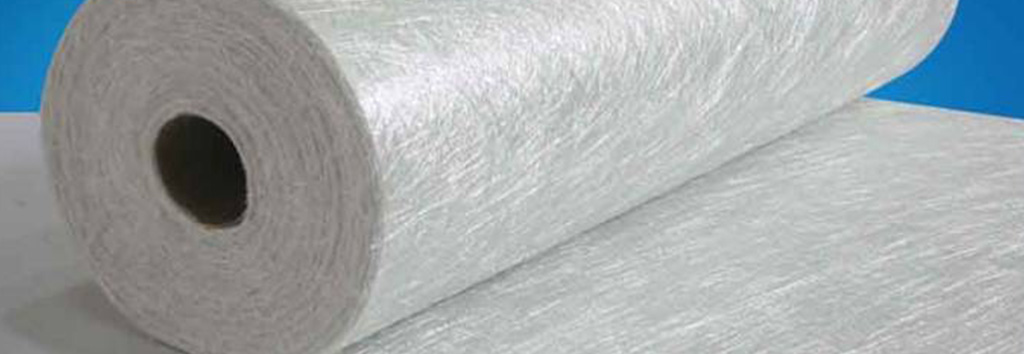
Fiberglass Needled Felt
Fiberglass needle felt is a porous nonwoven material with a thickness ranging from 3 to 25mm. It is composed of E glass fibers with a fine diameter, carded, and needled by a felting machine. Countless small cavities form inside the fiber felt, giving the product excellent thermal insulation properties. Additionally, E glass fiber is resistant to high temperatures and offers good electrical insulation. The product is free from any adhesive, making it an environmentally friendly option with unique characteristics compared to other thermal insulation and filtration materials. Note: Needled Fiber has a fluffy structure and low thermal conductivity, making it suitable for use as thermal insulation and automotive exhaust gas filtration material. The thickness, width, and weight can be customized based on customer requirements.
Wet Felt
Wet felts are made from water-drawn yarns, coated with special performance adhesives, and produced from glass fiber products using a paper-making process. They can be made from E-glass and ECR glass. The wet mat of E-glass is created from E-grade fine yarn water-drawn yarn, offering good electrical insulation and acid resistance, making it suitable for the electronics industry. On the other hand, the wet mat of ECR glass is made from ECR water-drawn yarn, specifically designed for corrosion resistance, providing significant acid resistance that becomes more apparent as the ambient temperature rises. It is important to note that wet felts with high resin adsorption capacity are utilized as surface materials for downstream products of customers. The thickness, width, grammage, and combustible content can be customized based on customer requirements.
| Product Code | Glass Type | Thickness (mm) | Grammage (g/㎡) | Combustible content(%) | Download |
| EST30M | E | 0.15±0.015 | 30±3.0 | 7±2 | |
| EST50M | E | 0.24±0.020 | 50±3.0 | 7±2 | |
| ST(ECR)25H | ECR | 0.14±0.015 | 25±2.5 | 10±2 | |
| ST(ECR)30M | ECR | 0.15±0.015 | 30±3.0 | 7±2 |
Sewn Felt
The glass fiber braided yarns, cut to a specific length, are evenly distributed into sheets and then stitched together with polyester yarns to create sewn mats. These mats are primarily utilized in pultrusion molding, RTM, winding molding, hand lay-up molding, and other molding processes. Common products made using this method include pultruded profile pipes, storage tanks, and other items.